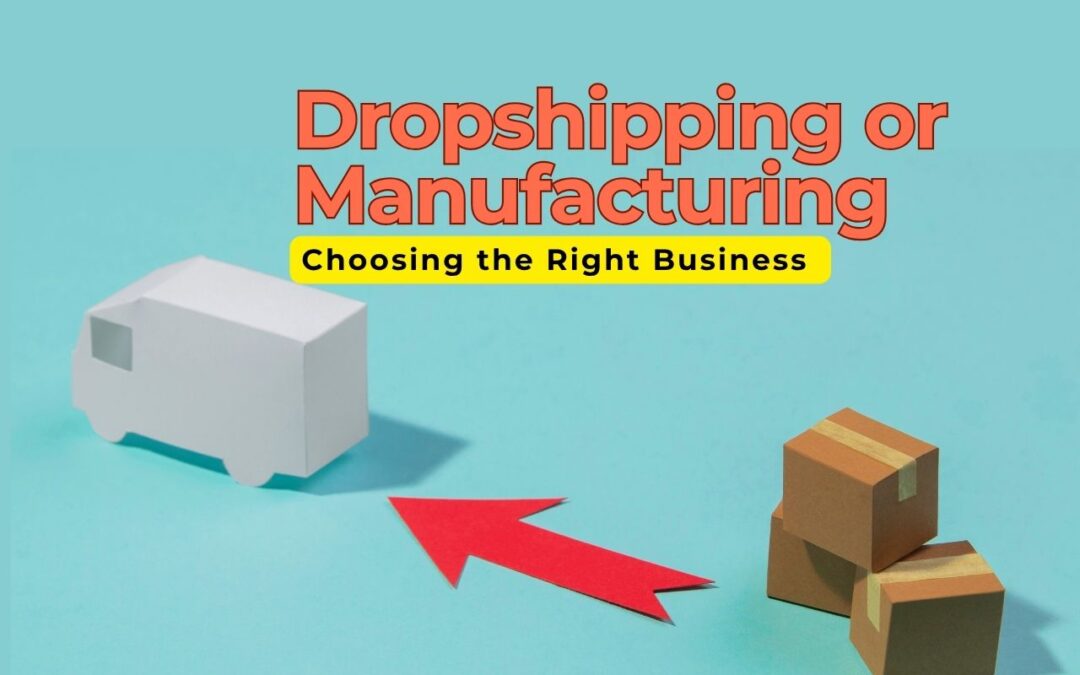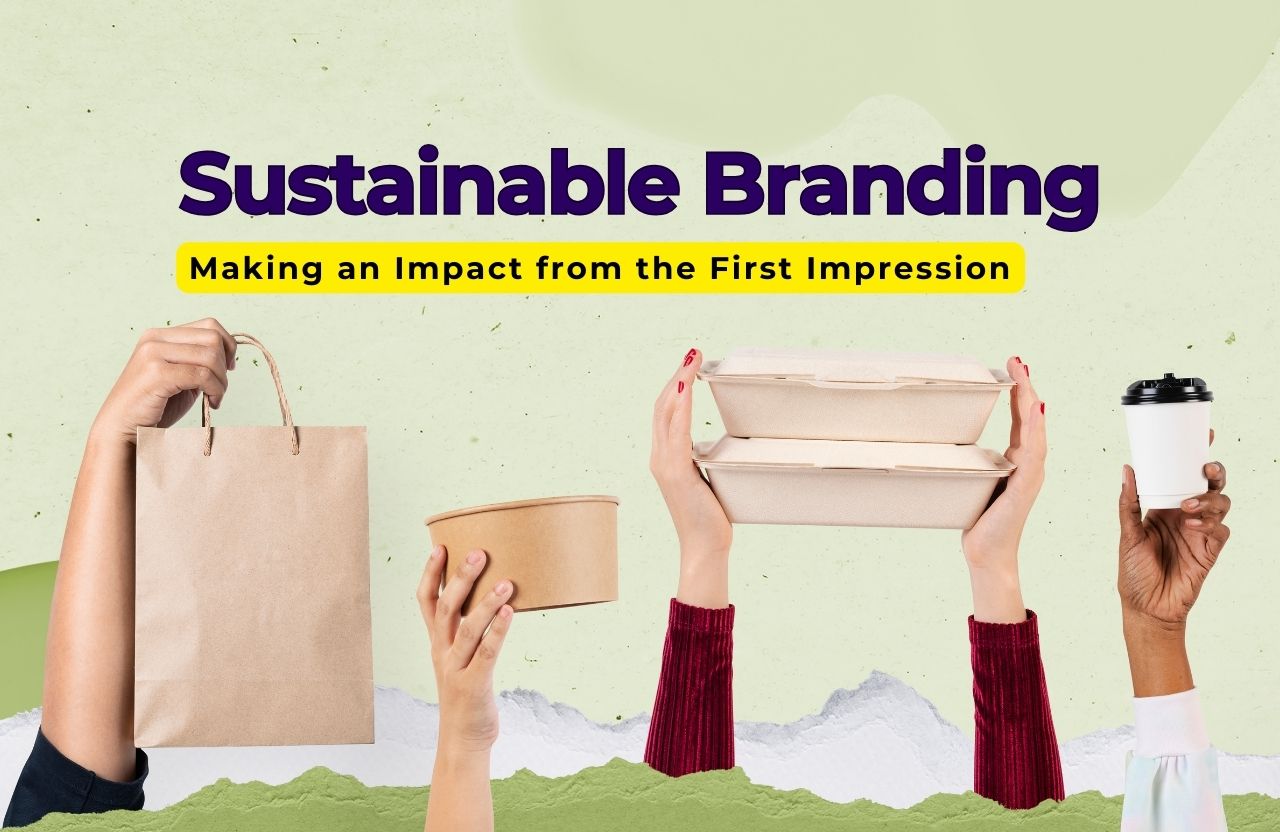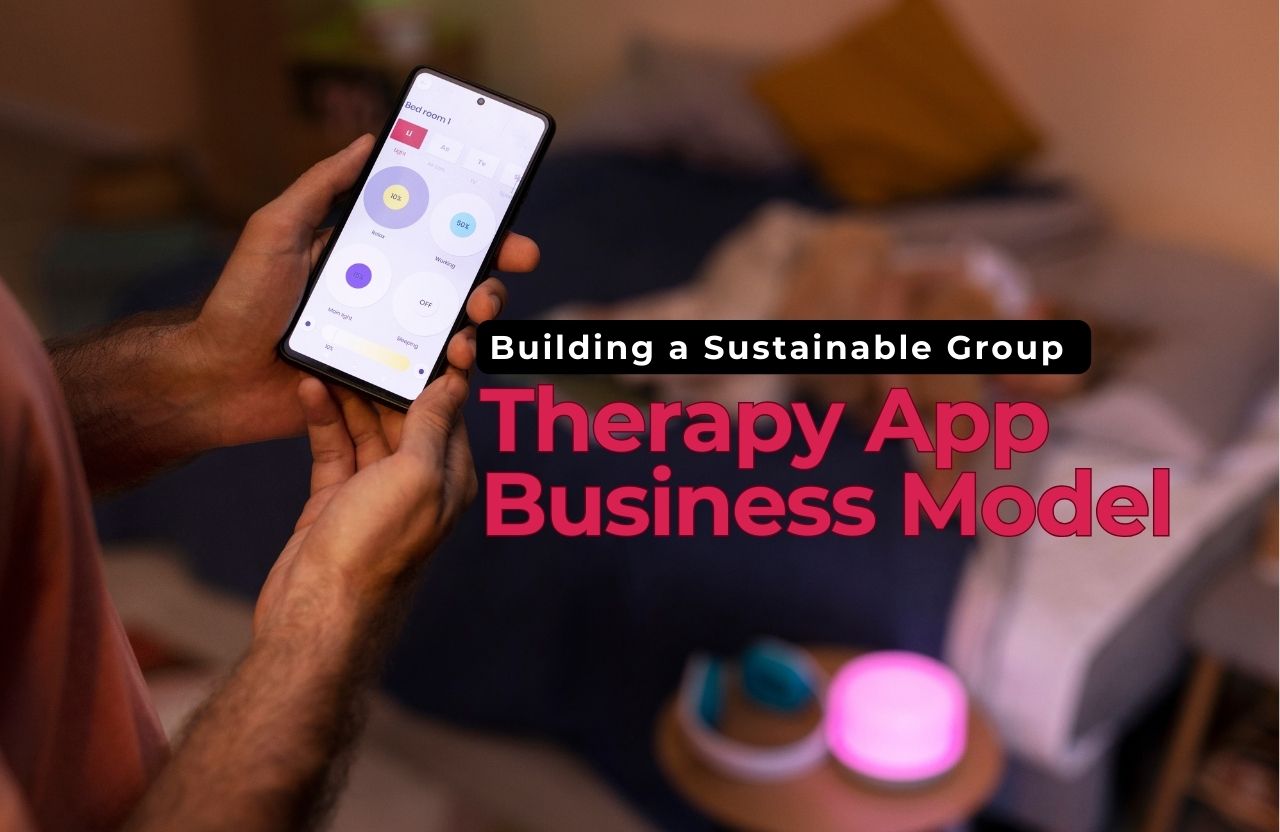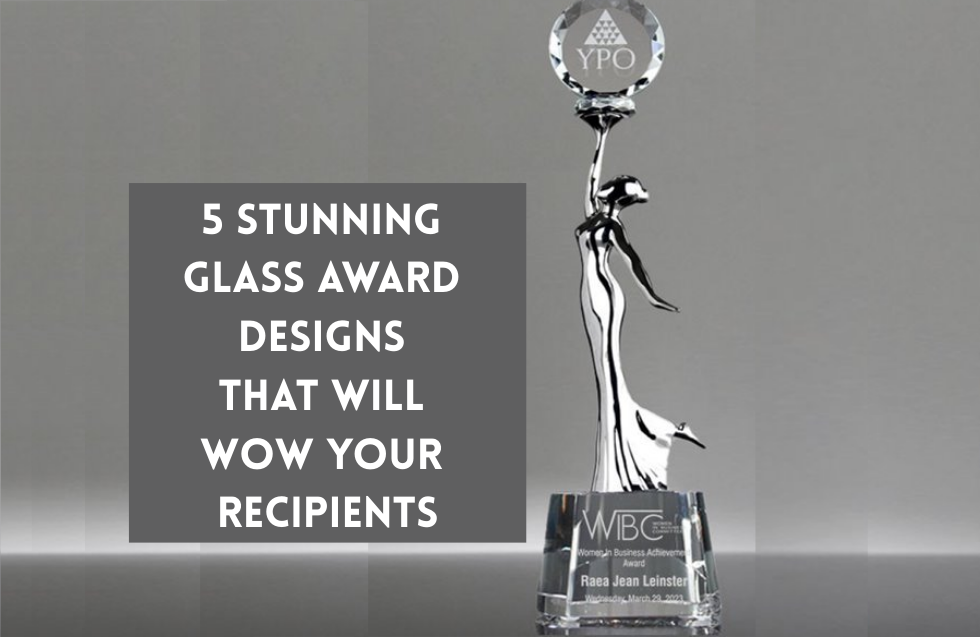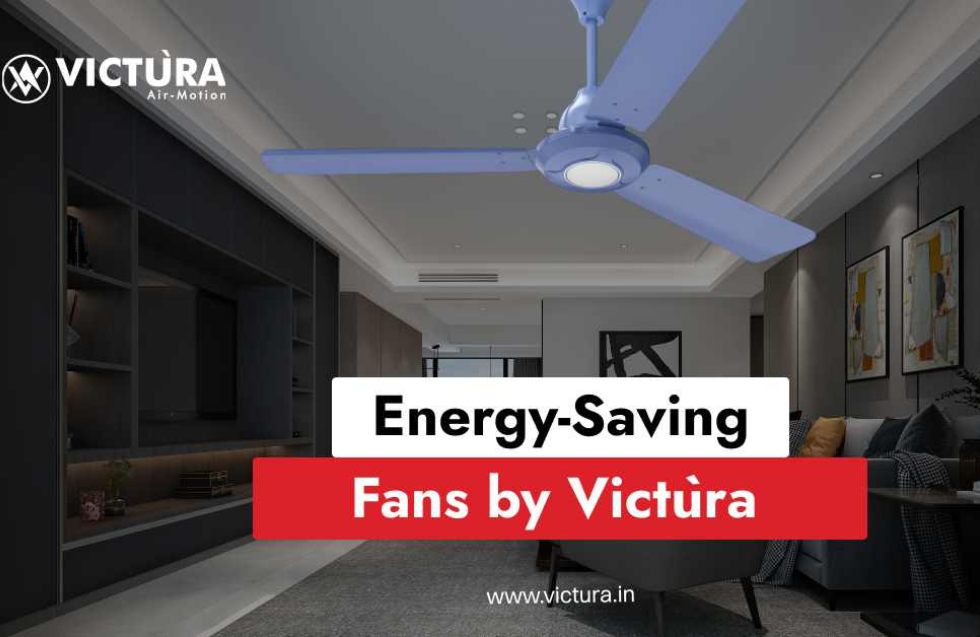The outdoor living trend is booming. Consumers across the globe are increasingly investing in fire pits, turning their patios and backyards into cozy retreats and social spaces. As a result, entrepreneurs are jumping at the chance to enter the fire pit market. But before diving in, one critical decision must be made: should you choose dropshipping or manufacturing as your fire pit business model?
This choice can significantly impact your startup capital, profit margins, customer experience, and scalability. Each path has its own advantages, risks, and operational demands. In this blog post, we’ll explore both models in-depth, discuss market dynamics, and help you evaluate which option aligns better with your business vision.
The Fire Pit Market: Why It’s a Hot Opportunity
Outdoor fire pits have shifted from seasonal luxuries to year-round staples in many homes. Rising interest in home improvement and outdoor experiences has fueled this trend.
According to recent market insights, the global fire pit market is expected to grow at a CAGR of over 6% in the next five years. This is driven by changing lifestyles, increased outdoor entertaining, and a growing DIY culture. In regions with colder climates, fire pits are not just aesthetic—they’re functional. Meanwhile, in warmer areas, they serve as a gathering point for late-night relaxation.
The fire pit business isn’t just about selling a product—it’s about offering an experience. That emotional connection can be leveraged in both dropshipping and manufacturing models. However, your business structure will determine how you deliver that experience.
Understanding Dropshipping in the Fire Pit Industry
Dropshipping is a retail fulfillment method where a business doesn’t keep the products it sells in stock. Instead, when a customer buys a fire pit, the order is passed to a third-party supplier who ships it directly to the customer.
Benefits of Dropshipping:
- Lower Startup Costs: No need to invest in inventory or warehouse space. You can test the waters without taking on major financial risk.
- Simplified Logistics: No worries about packing, shipping, or managing returns directly.
- Flexibility: Easily test multiple fire pit styles and features without committing to bulk inventory.
Challenges of Dropshipping:
- Lower Profit Margins: Since suppliers handle the heavy lifting, they take a bigger cut of the revenue.
- Limited Customization: You’re at the mercy of the supplier’s product offerings. Custom branding or unique features are often off the table.
- Quality Control Risks: You don’t see the product before it reaches your customer. One damaged delivery can affect your reputation.
- Longer Shipping Times: Especially when suppliers are located overseas, delivery delays can lead to customer dissatisfaction.
Dropshipping can be ideal for new entrepreneurs or for those testing different fire pit styles and markets. However, the lack of control can become frustrating, especially when trying to differentiate your brand in a competitive marketplace.
Exploring Manufacturing: A Fire Pit Brand Built From Scratch
Manufacturing means that you either produce the fire pits yourself or work closely with a production partner to create your custom products. This model involves upfront costs, logistics planning, and significant business infrastructure.
Benefits of Manufacturing:
- Higher Profit Margins: Since you own the product and its pricing structure, you can generate more revenue per unit sold.
- Full Branding Control: From design to packaging, you can build a brand identity that stands out and builds customer loyalty.
- Product Innovation: Want to add eco-friendly fuel options or smart features? You have the flexibility to innovate and improve.
- Market Positioning: Premium pricing is possible when you offer a unique, high-quality fire pit design.
Challenges of Manufacturing:
- High Initial Investment: Production tooling, materials, design, and labor costs can add up quickly.
- Inventory Risk: If your designs don’t sell, you may be left with unsold stock.
- Supply Chain Management: You’ll need to coordinate raw materials, production timelines, and delivery logistics.
- Longer Time to Launch: Designing and producing a new product takes time. Getting your first fire pit to market could take months.
Manufacturing is often the next step after validating a market with dropshipping. It allows for true business ownership and branding but comes with higher risk and responsibility.
Key Factors to Consider When Choosing a Model
1. Startup Capital
If you’re bootstrapping your fire pit business, dropshipping offers an easier and less costly entry point. You won’t need to rent a warehouse or purchase inventory in bulk. On the other hand, if you have investment backing or personal capital and a strong brand vision, manufacturing might be a better long-term move.
2. Branding Goals
Are you aiming to build a recognizable, long-lasting fire pit brand with loyal customers and premium pricing? Manufacturing gives you control over your product aesthetics, materials, and packaging. With dropshipping, you’re often limited to generic products that others can sell as well.
3. Customer Experience
Customers expect fast delivery, high-quality products, and excellent service. If you dropship, delayed shipping or lack of quality control can hurt your reviews. Manufacturing lets you own the customer journey end-to-end but requires investment in customer support and logistics.
4. Time Commitment
Running a manufacturing business is a full-time commitment. You’ll need to coordinate supply chains, test product quality, manage warehousing, and handle fulfillment. Dropshipping is more hands-off but comes with less control over the final outcome.
5. Scalability
Dropshipping scales easily in terms of product variety, but your margins shrink with volume unless you negotiate better terms with suppliers. Manufacturing can be harder to scale initially, but over time, as your processes optimize, your margins improve, and your brand equity increases.
Hybrid Models: Combining the Best of Both Worlds
Some successful fire pit businesses start with dropshipping to test demand and later move into manufacturing once they find winning designs or a loyal customer base. This hybrid approach allows for:
- Validated Investment: You invest in manufacturing only once you’re confident about demand.
- Inventory Efficiency: Use early sales data to determine bestsellers and avoid dead stock.
- Better Supplier Relationships: Initial dropshipping suppliers might become contract manufacturers as your business matures.
This approach balances flexibility with long-term growth and can be a smart transition strategy for new entrepreneurs.
Common Mistakes to Avoid in Either Model
- Underestimating Logistics: Even in dropshipping, poor coordination with your supplier can lead to delays. In manufacturing, any production hiccup can stall your business.
- Ignoring Legal and Safety Regulations: Fire pits involve open flames. Ensure any product, whether dropshipped or manufactured, complies with fire safety standards and certifications required in your market.
- Lack of Customer Support Planning: Post-sale issues can destroy customer trust. Plan for how you’ll handle returns, damages, or missing parts.
- Focusing Solely on Price: While cost matters, the fire pit market also values design, materials, and the overall experience. Don’t sacrifice quality just to save money on the backend.
Final Thoughts: Which Path is Right for You?
Both dropshipping and manufacturing offer viable routes into the fire pit business. Choosing between them depends on your:
- Financial situation
- Tolerance for risk
- Desire for brand control
- Time commitment
- Long-term goals
If your goal is to build a hands-off side hustle or test the waters with minimal risk, dropshipping may be the way to go. It lets you experiment, learn the market, and refine your audience without major investment.
However, if you’re aiming for a high-margin business, brand differentiation, and product innovation, manufacturing puts you in control. It may take longer to get started, but the payoff can be a stronger, more sustainable business.
Some of the most successful fire pit businesses started small—selling generic products with compelling stories—and gradually moved into custom design and premium offerings. Whether you’re just starting or planning to scale, aligning your model with your resources, goals, and risk appetite is the foundation of success.
Bonus Insight: The Emotional Factor in Fire Pit Sales
Beyond business models and logistics, one element plays a huge role in success: emotion. Fire pits are about creating memories: backyard barbecues, chilly evening chats, and moments of reflection under the stars. Whether dropshipping or manufacturing, your brand storytelling should focus on this emotional value. Your product isn’t just steel and flame—it’s a centerpiece for connection.
Closing Note
The decision between dropshipping and manufacturing in the fire pit business is not one-size-fits-all. It requires careful thought, planning, and ongoing evaluation. You can start small, scale wisely, and build a brand that glows as warmly as the fire pits you sell.
By understanding your audience, managing expectations, and committing to quality and service—no matter your model—you’ll be better positioned to succeed in this exciting and growing market.
If you’re passionate about outdoor living, this industry is a golden opportunity. Just make sure you choose the right business model to fuel your journey.
